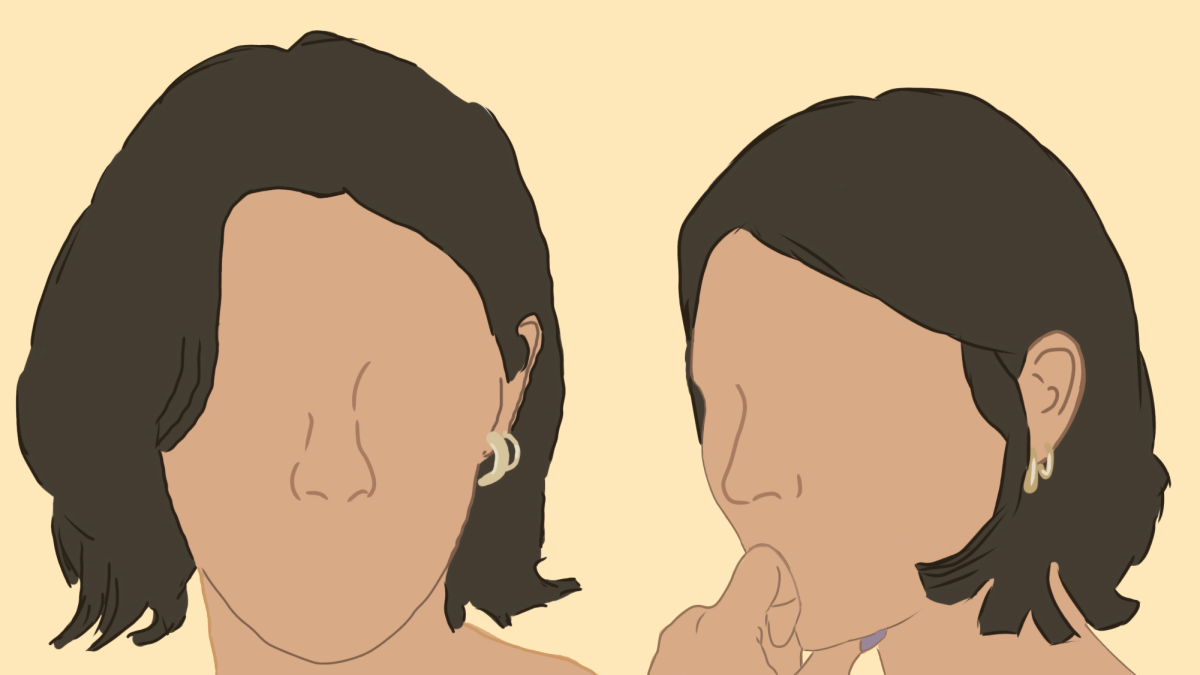When it comes to wrestling, the first thing that comes to mind for many people is WWE, the American media and world wrestling entertainment company.
While the breaking of chairs and ladders over people’s heads fascinates audiences, that is not the reality for San Marin’s wrestling team.
Wrestling is not a sport in which a player shows off with exaggerated moves, but rather a sport that brings a personal challenge to anyone who competes.
“To be a wrestler, you cannot be a quitter,” junior Matthew Roos, a first-year wrestler, said. “There are times in every wrestler’s season where they want to quit, whether it was because of an upsetting defeat or the training is too hard. Many people do quit wrestling–I think last year we lost about half of the people we started with–but for the ones who stay, ending the season knowing you didn’t give up is so much more rewarding.”
The wrestling team began practicing on October 29 under coach Dan Donaldson. They train six days of the week, with the exception of Sundays and tournament days. The team works for hours each day in preparation for tournaments and must follow a procedure in order for them to practice and improve.
After hours of practice, the team is also expected to do well academically. Balancing both school work and practice is a struggle for players, but wrestling has taught the players habits and skills to not only help them along the way while wrestling, but also to guide them through their school work and their lives. The various skills wrestling teaches are put into action in everyday life.
“Wrestling has impacted my life in such a way that it’s made me a better person altogether,” Junior Nathan Brown said. “I’ve acquired good listening skills, leadership skills and great sportsmanship all from wrestling.”
Not all the skills that players learn are just life lessons, but they can be used to help the players succeed in school.
“Wrestling has impacted my life by making me work harder,” Roos said. “I am a procrastinator at heart, yet wrestling has taught me how important it is to keep pushing in any situation. If you don’t give 100 percent every second in a match, you’ll get pinned and this attitude translated to other areas of my life.”
In order to wrestle, players have to stay at seven percent body fat or above. For some, this is something that they must consistently work at.
“It is difficult because you have to be able to restrict yourself from eating all the food you want, but at the same time, you have to make sure you don’t starve yourself either,” said junior Fabian Carmona, who loses 10 to 14 pounds each week.
Not everyone who begins wrestling will see changes in their technique overnight; like most things, it takes time and practice.
“I would get very anxious when I first started to go to tournaments because there could be 200 plus people in the stands while you are wrestling,” Roos said. “It is almost like performing for a large crowd, and that was something that I had to get over. Losing a wrestling match is worse than losing a volleyball game or basketball game because a match is more individual, and there is no one else to blame but yourself.”
Getting used to being the center of attention as everyone watches your every move is something that, as time goes on, becomes an aspect of wrestling that gets easier for the players, while the drills and practices only get harder. With the increase of toughness, Roos and Brown list that players have to have grit, be hardworking and ready to learn.
Not only are players fighting their opponents, but they have to also persevere and fight internal issues if they want to become the best player on the team.
“The hardest thing would be fighting through physical and mental exhaustion,” Roos said. “The worst thing about wrestling is that it takes up so much free time, yet in the end, it is worth it.”







































